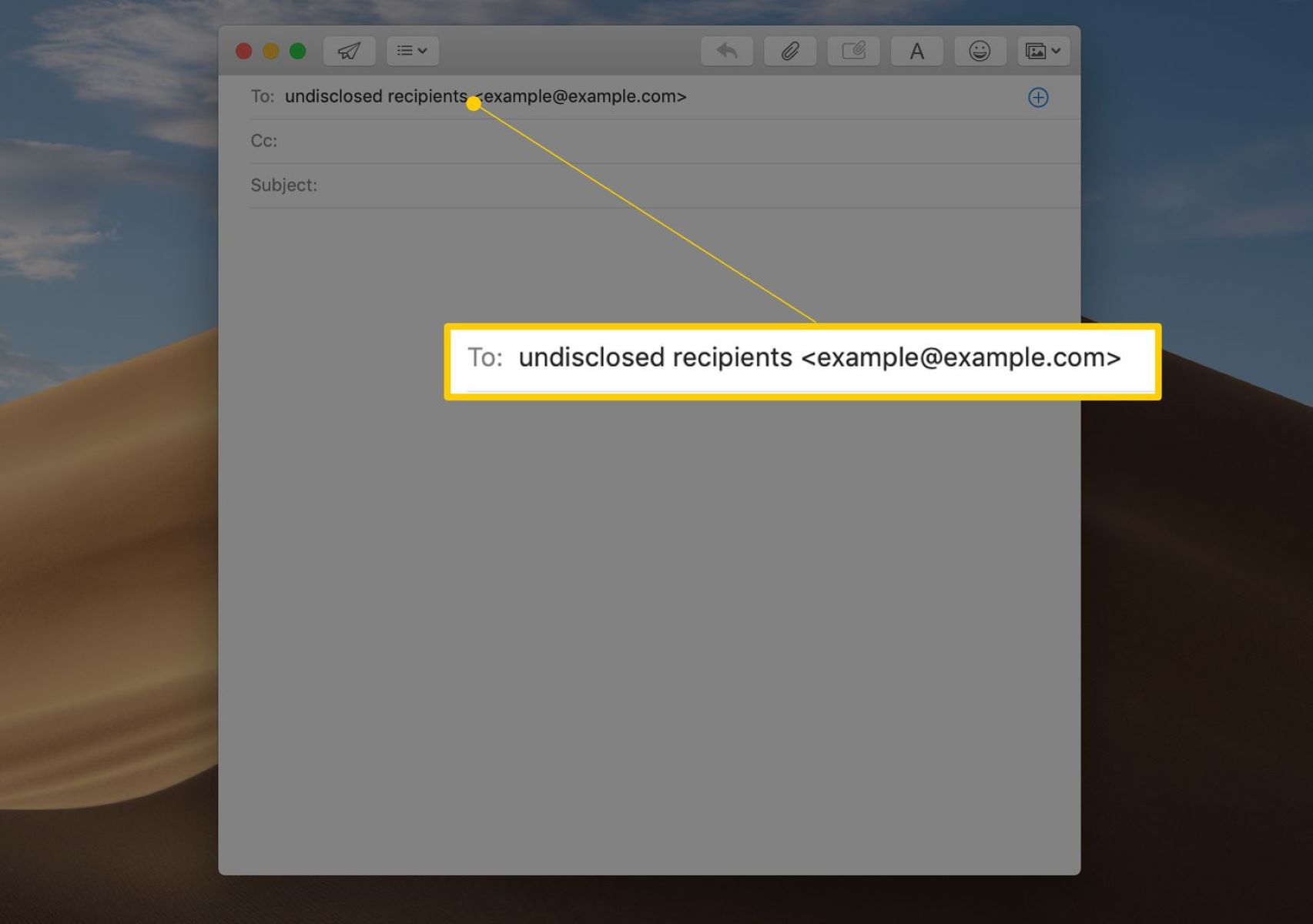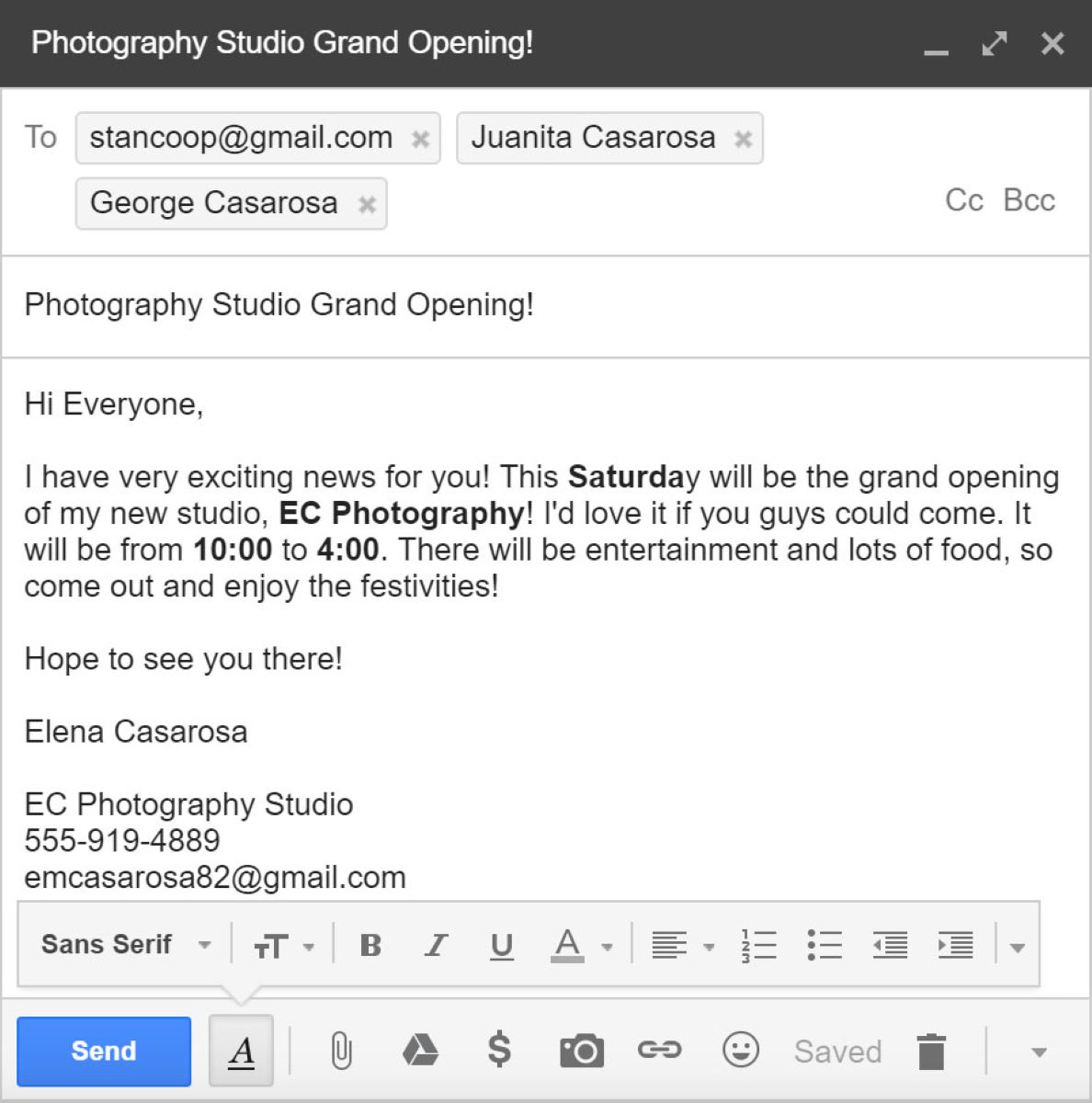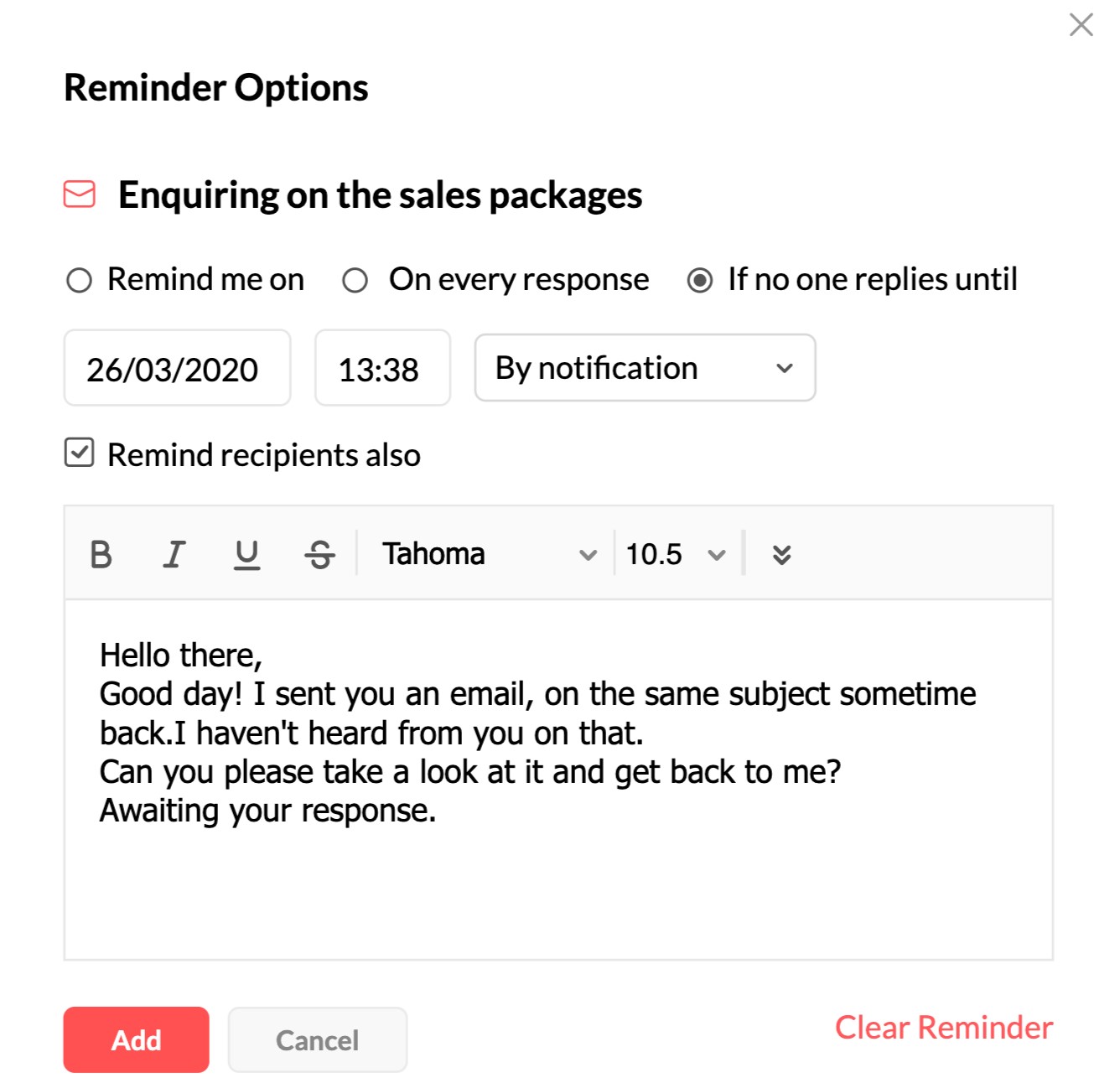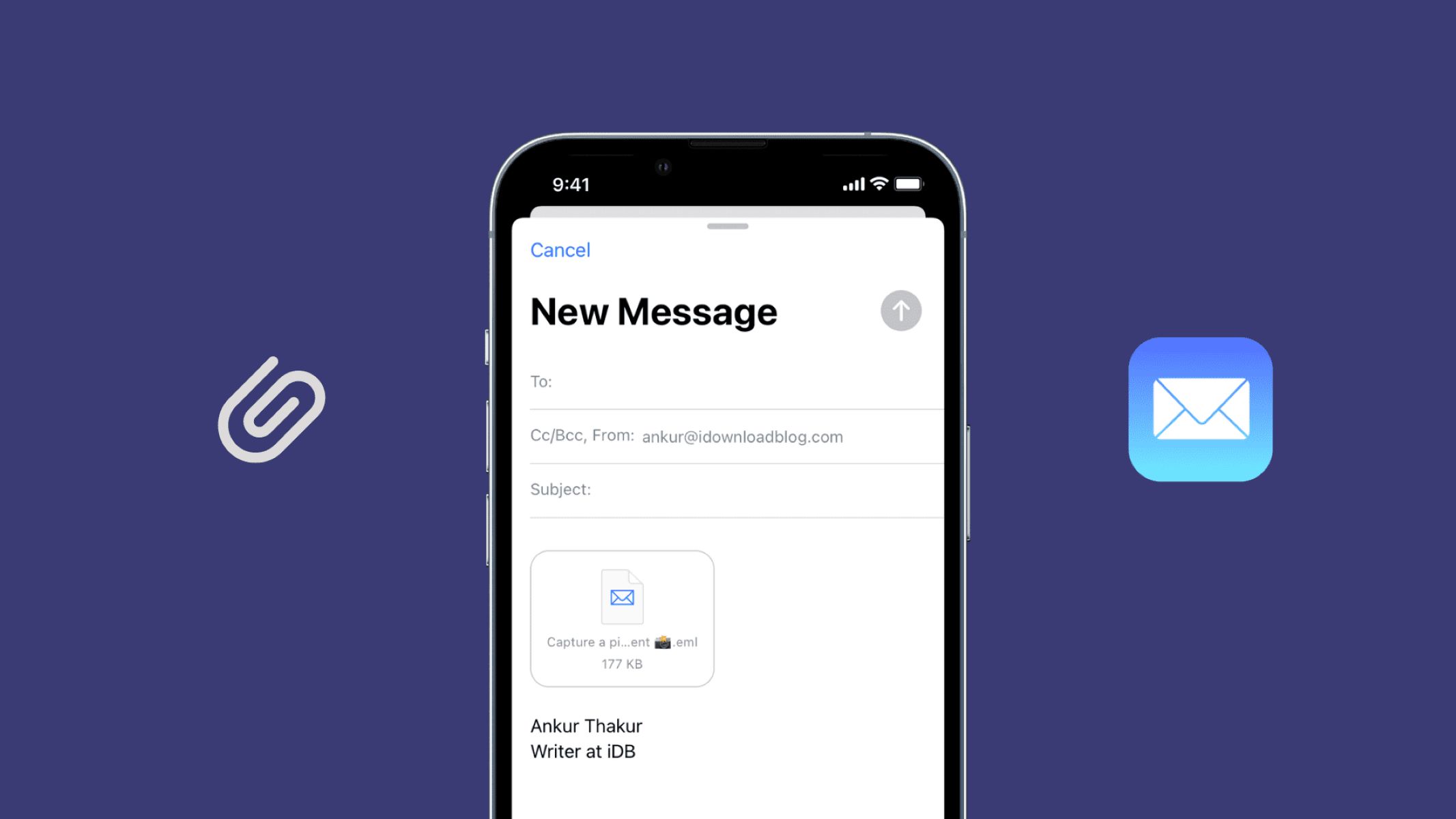Introduction
Sending emails is an essential part of modern communication, and whether it’s for personal or professional reasons, privacy is often a top concern. While it’s common to include recipients’ email addresses in the “To” or “CC” fields, there are situations where you might prefer to keep the identities of the recipients private. In this article, we will explore different methods to send email without showing recipients, and discuss the advantages and limitations of each approach.
There could be several reasons why you may want to hide the recipients of your email. For instance, you may be sending a mass email to a large group of people, and you don’t want each recipient to see everyone else’s email address. This can prevent potential security risks, such as exposing email addresses to spammers or creating privacy concerns for your recipients.
In other cases, you may need to send a sensitive email to multiple recipients, but you want to ensure that they can’t see who else received the same email. This is particularly important in situations where you need to maintain confidentiality, such as legal matters, HR communication, or sensitive business proposals. Hiding the recipients can provide an extra layer of privacy and maintain the professional integrity of your communication.
Fortunately, there are several methods available to send emails without showing the recipients. In the following sections, we will explore these methods and explain how to utilize them effectively. Whether you prefer using your existing email client or relying on third-party services, you will find a suitable approach to maintain the privacy of your recipients and protect their email addresses.
Why Hide Recipients?
Hiding the recipients of an email serves multiple purposes. It can help protect the privacy of individuals, maintain confidentiality, and prevent potential security risks. Here are a few reasons why you might want to hide recipients when sending an email:
- Privacy: When you send an email to a group of people, it’s common courtesy to respect their privacy. By hiding recipients, you ensure that each recipient’s email address remains confidential and is not visible to others on the recipient list.
- Confidentiality: In some cases, you may need to send a sensitive email to multiple recipients. By hiding the recipients, you minimize the risk of the email being forwarded or unintentionally shared with others. This is especially crucial when dealing with legal matters, HR communications, or sharing proprietary business information.
- Security: Exposing email addresses to potential spammers or hackers can lead to unwanted spam emails, phishing attempts, or even identity theft. By hiding recipients, you reduce the chances of email addresses being harvested and targeted by such malicious activities.
- Professionalism: When sending business-related emails, it’s essential to maintain a professional image. By hiding recipients, you demonstrate that you value each recipient’s privacy and treat their contact information with respect.
By understanding the reasons to hide recipients, you can make informed decisions about when and how to implement methods that allow you to send email without showing recipients. Each situation may call for a different approach, and it’s important to consider the specific requirements and preferences of both yourself and your recipients.
Method 1: Using BCC (Blind Carbon Copy)
One of the most commonly used methods to send email without showing recipients is by utilizing the BCC (Blind Carbon Copy) field. BCC allows you to send an email to multiple recipients without revealing their identities to each other. Here’s how to use BCC:
- Open your email client or service and compose a new email.
- In the “To” field, enter your own email address as the primary recipient.
- Look for the “BCC” field, usually located under the “CC” field or within the email client’s options menu.
- Add all the recipients’ email addresses in the BCC field. Each address should be separated by a comma or semi-colon.
- Compose the rest of your email as you normally would, and click “Send” to deliver the message.
By using the BCC field, each recipient will receive the email as if they were the only recipient. They won’t be able to see who else received the email, including their email addresses. It provides a straightforward and efficient way to maintain the privacy of your recipients while allowing you to send email to multiple individuals simultaneously.
It’s worth noting that recipients will still be able to see that the email was sent to undisclosed recipients or to your email address in the “To” field. However, their email addresses will remain hidden from one another.
Keep in mind that some email clients or services may limit the number of recipients you can include in the BCC field. If you’re sending a large number of emails, you may need to break them up into smaller batches or consider alternative methods to ensure all recipients receive the message.
Using BCC is a simple and widely supported method to maintain recipient privacy when sending email. However, it’s important to double-check that you have entered the correct email addresses and that you’re choosing the right recipients for each communication.
Method 2: Using a Mailing List or Distribution List
Another effective method to send email without showing recipients is by utilizing a mailing list or distribution list. This method involves creating a group or list that includes the email addresses of the recipients you wish to email. Here’s how to use a mailing list or distribution list:
- Create a mailing list or distribution list within your email client or email service. The specific steps to create a list may vary depending on the platform you’re using.
- Name the list appropriately, such as “Private Recipients” or “Confidential Group.”
- Add the email addresses of the recipients you want to include in the list. You can enter them manually or import them from a file.
- Compose a new email, and instead of entering individual email addresses in the “To” field, enter the name of the mailing list or distribution list you created. This will ensure that the email is sent to all the recipients in the list without revealing their identities to one another.
- Compose the rest of your email and click “Send” to deliver the message.
Using a mailing list or distribution list offers several advantages. Firstly, it allows you to group recipients together based on common criteria, such as department, project team, or interest group. This makes it easier to send emails to specific groups without having to manually enter each email address every time.
Additionally, using a mailing list or distribution list ensures that each recipient only sees their own name or the name of the list in the “To” field. They won’t have access to the email addresses of other recipients, thus preserving their privacy.
However, it’s important to manage your mailing lists or distribution lists responsibly. Keep the list up to date by removing recipients who should no longer be included and promptly handling any requests to be removed from the list. This helps maintain the integrity of your email communications and ensures that you’re sending messages only to those who should receive them.
By using a mailing list or distribution list, you can easily send emails to multiple recipients while safeguarding their privacy and managing your email communications more efficiently.
Method 3: Using a “Send Individually” Option
Another method to send email without showing recipients is by utilizing the “send individually” option. This option allows you to send an email separately to each recipient, ensuring that they receive the message individually without seeing the other recipients. Here’s how to use the “send individually” option:
- Open your email client or service and compose a new email.
- In the “To” field, enter the email address of the first recipient.
- Compose your email as you normally would.
- Enable the “send individually” option in your email client. The location and wording may vary depending on the email client you’re using.
- Add the next recipient’s email address in the “To” field and repeat the process for each recipient you want to send the email to.
- Click “Send” to deliver each email individually to the recipients without revealing their identities to one another.
The “send individually” option is particularly useful when you want to send personalized messages or when each recipient should not be aware of the others who received the email. This method ensures that each recipient receives a separate copy of the email, creating a sense of confidentiality and personalization.
However, it’s important to note that using the “send individually” option can be time-consuming, especially when you have a large number of recipients. Additionally, it may result in several separate email threads, making it harder to manage replies and follow-up conversations. Consider this method when personalization and recipient privacy are top priorities, but be mindful of the potential drawbacks.
Keep in mind that the “send individually” option may not be available in all email clients or services. If you don’t find this option in your current email client, you can explore alternative methods, such as using the BCC field or utilizing a mailing list, to achieve a similar outcome.
By using the “send individually” option, you can send personalized emails to multiple recipients while ensuring that each recipient receives the email privately and is unaware of the other recipients. It provides a level of privacy and personalization that can enhance your email communications.
Method 4: Using a Third-Party Email Service
If you’re looking for a more advanced and customizable solution to send email without showing recipients, using a third-party email service can be a viable option. These services offer additional features and functionalities that allow you to send emails while maintaining recipient privacy. Here’s how you can use a third-party email service:
- Research and select a reputable third-party email service provider that suits your needs. Some popular options include Mailchimp, Sendinblue, and Constant Contact.
- Create an account with the chosen email service provider and familiarize yourself with their platform and features.
- Import your recipient list into the email service provider’s platform. Make sure the provider securely handles and stores the recipient data.
- Compose your email within the email service provider’s platform. Customize the email template, add personalization tokens, and tailor the content to suit your recipients.
- Utilize the email service provider’s options to send the email without revealing the recipients. Depending on the platform, this may involve using the BCC feature, setting up mailing lists, or utilizing other privacy settings.
- Review the email and ensure all settings are correct, such as delivery time and sender name, before sending the email through the third-party email service.
Using a third-party email service offers several advantages. These services often provide robust analytics and reporting, allowing you to track open rates, click-through rates, and other valuable metrics. Additionally, they may offer advanced personalization options, template libraries, and automation features to streamline your email campaigns.
Furthermore, third-party email services typically have built-in measures to comply with email regulations and prevent your messages from being marked as spam. This can help enhance the deliverability of your emails and ensure they reach the intended recipients’ inboxes.
However, it’s important to take note of the pricing structure and limitations of third-party email services. Some services have tiered pricing based on the number of subscribers, while others charge based on the number of emails sent. Evaluating your budget and email volume needs will help you choose the most cost-effective option that meets your requirements.
By selecting a reputable third-party email service and leveraging its features, you can send professional, personalized emails to multiple recipients while keeping their identities hidden from one another. Explore the various options available and find a service that aligns with your privacy requirements and email marketing goals.
Tips for Sending Email Without Showing Recipients
When it comes to sending email without showing recipients, there are several important tips to keep in mind. These tips will help ensure that your communication remains private, professional, and effective. Consider the following suggestions when implementing methods to hide recipients:
- Choose the right method: Understand the advantages and limitations of each method discussed earlier in this article and select the one that best suits your specific needs. Consider factors such as the number of recipients, level of personalization required, and complexity of the message.
- Double-check recipient information: Before sending any email, verify that the email addresses you have entered are correct. Sending an email to the wrong recipient can lead to unintended privacy breaches and confusion.
- Respect recipients’ privacy preferences: If a recipient requests that their email address not be shared with others, ensure that you honor their request. Respect your recipients’ privacy settings and preferences, and avoid sharing their contact details without their explicit consent.
- Test your emails: Before sending emails to a large number of recipients, test your emails by sending them to a smaller test group. This allows you to check for any formatting issues, verify that the recipients are not visible to each other, and make any necessary adjustments before sending the email to the full recipient list.
- Provide contact information: Include your contact information in the email, such as your name, organization, and relevant contact details. This provides recipients with a point of reference in case they have any questions or concerns.
- Be mindful of email etiquette: Adhere to general email etiquette guidelines, such as using a clear and concise subject line, avoiding excessive use of capital letters or special characters, and proofreading your email for grammar and spelling errors.
- Manage your recipient lists: Regularly review and update your recipient lists to remove any outdated or incorrect email addresses. This helps maintain data accuracy and ensures that your emails reach the intended recipients.
- Stay informed about privacy regulations: Familiarize yourself with applicable privacy regulations and laws, such as the General Data Protection Regulation (GDPR). Ensure that you comply with these regulations when handling and storing recipient data.
By following these tips, you can ensure that your email communication remains professional, respects recipient privacy, and effectively conveys your intended message without revealing recipients’ identities to one another.
Conclusion
Privacy and confidentiality are crucial aspects of email communication, and there are various methods available to send email without showing recipients. From using BCC and creating mailing lists to employing the “send individually” option or utilizing third-party email services, you have multiple options to ensure the privacy of your recipients.
When deciding on the appropriate method, consider the specific requirements of your communication, including the number of recipients, personalization needs, and budgetary considerations. Each method has its own advantages and limitations, so choose the one that best aligns with your goals.
Furthermore, it’s important to follow best practices such as double-checking recipient information, respecting privacy preferences, and testing your emails before sending them to a larger recipient list. Adhering to email etiquette guidelines and staying informed about privacy regulations will help you maintain professionalism and safeguard recipient privacy.
Remember, whether you are sending emails for personal or professional reasons, ensuring the privacy of your recipients is essential. By implementing the appropriate method and incorporating these tips into your email practices, you can maintain recipient privacy, uphold confidentiality, and communicate effectively.
Take the time to explore the various methods and find the one that works best for your unique needs. By prioritizing recipient privacy in your email communication, you can foster trust, maintain professionalism, and enhance the overall effectiveness of your messages.

























